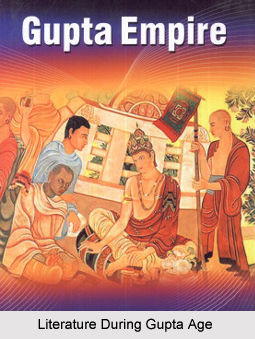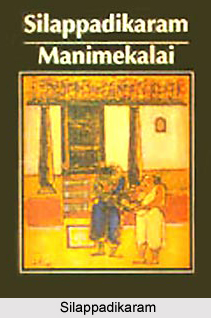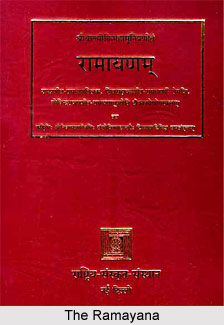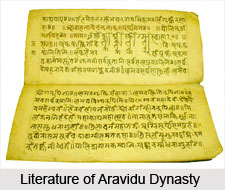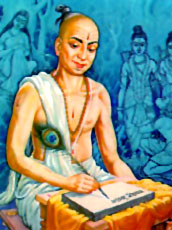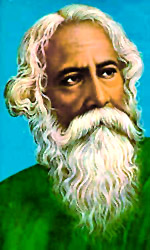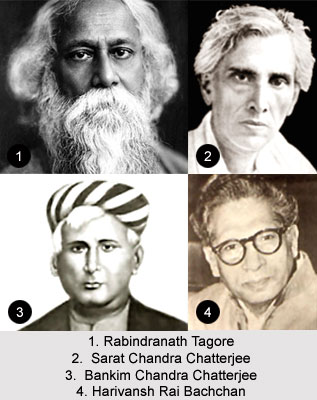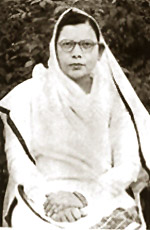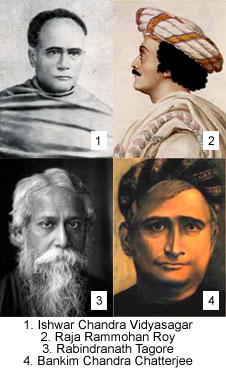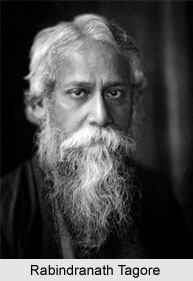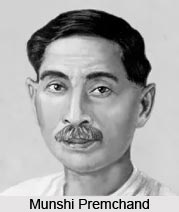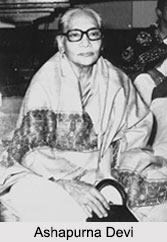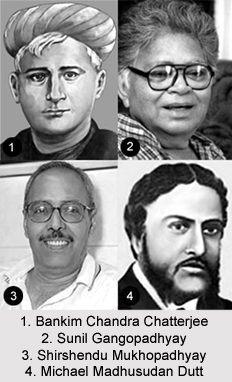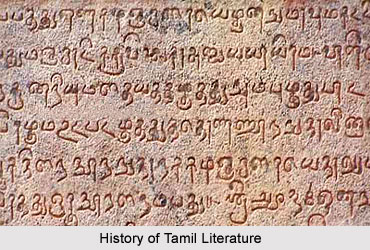Pavaippatal refer to those devotional hymns and songs that are sung by young girls who have attained the age of getting married. These songs are sung at the Tamil month of Markali. Pavaippatal is considered as a tradition and during this month, young girls who wake up other girls at the break of dawn and have a bath in a tank. Later they establish the image of Goddess Lakshmi in the form of a doll and pray to the goddess for their joyful marriage, future life and the prosperity of their country. During the period of Bhakti movement, the custom of Pavaippatal was unified with the worship of Lord Shiva. Tiruvempavai by Manickavasagar and Tiruppavai by Antal, a female Vaishnava saint, belong to Pavaippatal. Tiruvempavai praises Lord Shiva and Tiruppavai lauds the greatness of Lord Vishnu.
Tiruvempavai composed by Manickavasagar starts as a conversation that takes place between two female friends who go to up their friends in the early hours of the morning. Similarly there are several verses in Tiruppavai composed by Antal which mentions about the maidens who go to wake their friends in sleep and request them to join in the early morning bath.
Both Manickavasagar and Antal provide an explanation of the monsoon in their respective Pavaippatals. Manikkavacakar`s Tiruvempavai describes the rain in striking words. He explains that the cloud which goes up in the sky after absorbing the water from the sea turns black like Goddess Uma Devi and strikes lightning which appears like her slim waist, thunders which appear like her anklets, creates rainbow like the godess` curved eye-brows and rains profusely just like her perpetual mercy. Antal`s Tiruppavai contains a similar description of rain where she requests the clouds not to conceal the water, to raise the sky after absorbing sea water. The clouds turn black like Tirumal, strike lightning like the wheel in his arm, the thunder appears like his conch and rain plentifully like the arrows come out of his bow.
During the period of the Imperial Cholas, who ruled the region of Southern India from the 9th to the 12th century AD, both Tiruvempavai and Tiruppavai became much renowned.



